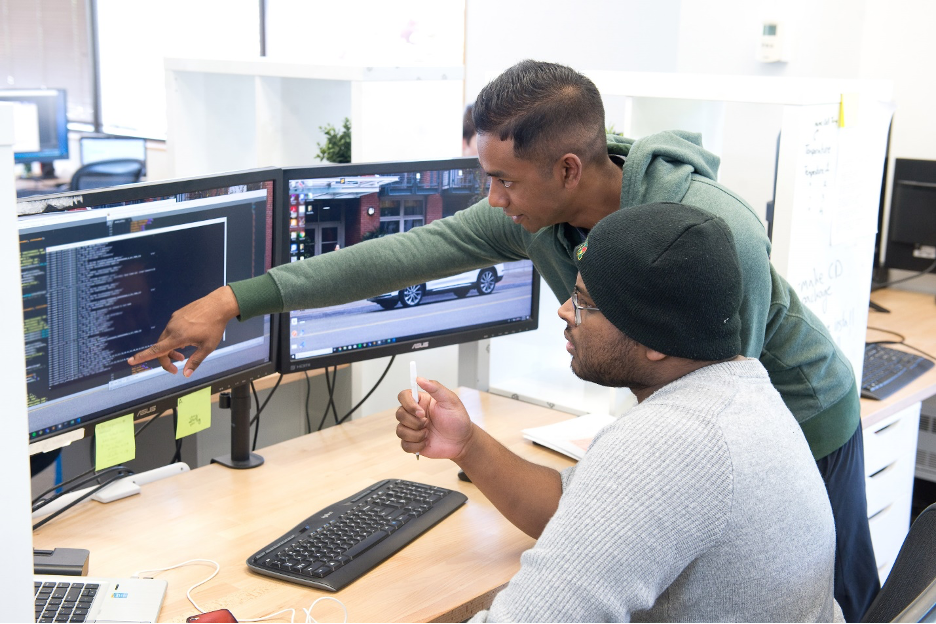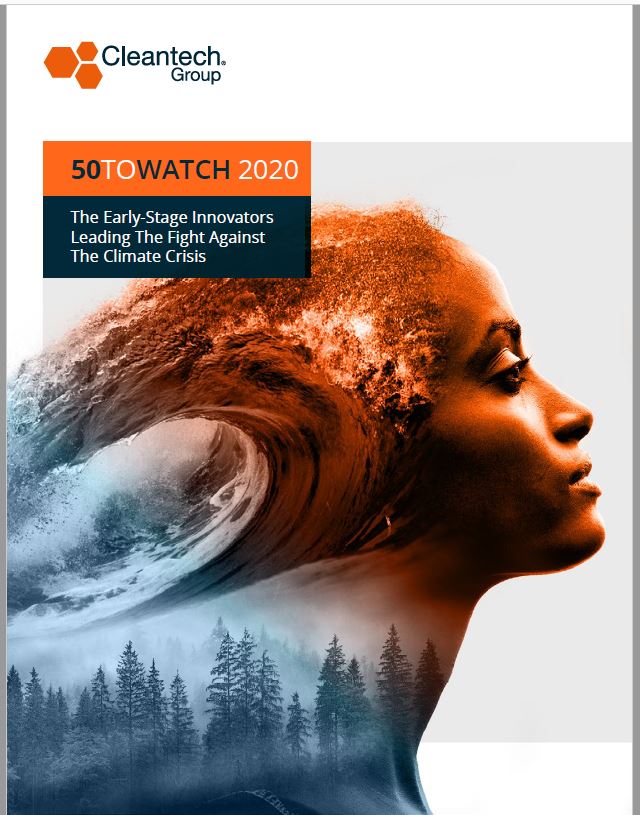EV Adoption Breaking Down Barriers – GBatteries Makes the 2020 50 to Watch List
While taking a backseat to the health crisis in the last few months, climate change is increasingly shaping our daily experience with wildfires, droughts, hurricanes and pollution. In the face of this worsening crisis, we are witnessing the rise of a fresh generation of innovators creating new technologies and business models that could solve the plastics crisis, regenerate soils, seed new forests, create climate-positive buildings and end desertification. Now in its second year, Cleantech Group’s 50 to Watch list recognizes these extraordinary trailblazers fighting the good fight, for all of us.
A Solution in Focus

We are thrilled to announce that GBatteries has made our 2020 50 to Watch list. GBatteries has developed an active battery management system that enhances Li-ion battery cycle life and charging speed without changing its chemistry or manufacturing process. We talked to Kostyantyn Khomutov, CEO, to hear more.
What global challenge made you start GBatteries?
The company started a few years ago with developing technology that both extends the life of batteries and focuses on building battery banks. We wanted to apply this technology to problems we are facing today and add meaningful value. We noticed that battery charging time is still a significant hurdle to wider EV adoption, and as a result 23% of emissions are still related to transport. If we could combine the ability to charge batteries faster while extending battery life, we could charge electrical vehicles as fast as it takes to fill up a tank of gas and start to have an impact. That’s the mission we are on.
What is the solution that you are building?
We are developing a software-based charging protocol that enables us to charge batteries faster without compromising their lifecycle. A battery cell consists of two electrodes with a separator in between submersed in electrolyte. When we charge the battery, the ions flow from one electrode to the other, and the faster the charge, the faster the ions flow, which causes more damage, because greater ion traffic increases the internal resistance and thus degrades the battery. The faster you charge your battery, the faster it degrades. To prevent this, battery makers put a limitation on the charging rates of batteries leading to longer charging times.
 Developing self-learning charging algorithm
Developing self-learning charging algorithm
Our solution modulates the energy going inside the battery and basically charges in a more organized manner where there are no accelerated irreversible chemical reactions. We have developed an adaptive pulse charging algorithm that generates charging profiles depending on the condition of the battery. This then improves performance and also leads to a lower temperature rise during charging.
Our solution right now uses the existing infrastructure, requires no change to the batteries and allows us to modulate the energy flowing into the battery pack at the capability of today’s infrastructure. With this, we anticipate reducing charging time by half, as a first deployment.
In the future, with more advanced infrastructure, we believe we can take charging time to 10 minutes.
What is your vision for the next two years in terms of proving your technology?
Getting validation from industrial partners would be the next step and we already have pilot projects underway with a number of potential partners. We are looking at optimizing charging algorithms using machine learning. By combining this aspect, we can test this technology on individual batteries and then move to smaller modules and validate whether we are able to achieve the same results.
We are also looking to demonstrate our technology on a full battery pack from an electric vehicle connected to a charging station. It’s a large project and is being partially funded by the Canadian government to mitigate technical and financial risks. It’s very important to have industrial partners because our laboratory is built for individual cells and modules but once we scale to full battery systems, we will need larger facilities. Another advantage of working with partners is that upon successful completion of the demonstration we have a direct path to commercialization of our technology.
How would you define success for the company in the next five years?
When we started work on this, there weren’t any battery cyclers available for us to test and confirm our hypothesis. So, we had to build everything, from hardware to software to the computational power to being able to precisely engineer any form and shape of energy. And while we were building this, we realized that we were able to add value not just to the algorithm of off-the-shelf batteries but also to the batteries of the future.

Building and testing novel charging hardware
In the next two years, we will demonstrate our tech, and within the next five years we are hopeful that we’ll be able to deploy our technology in electric vehicles. Alongside product development, we realized that we are also adding significant benefits to electrochemical reactions of the batteries which lead us to believe that we would be able to enhance the way batteries are manufactured, with lower activation energy requirements and therefore lower overall cost of battery manufacturing.
Could you give more details about your team?
We are growing and are currently a team of 18. Over the next two months, we hope to grow to about 25. The team includes a machine learning scientist with a background in batteries, a technical director who previously co-founded A123 systems, battery management specialists, and hardware engineers amongst others. All in all, we are not just chemists or electrochemists, we are actually coming from different angles and combining material science with electronics, power and machine learning.
 A growing team from diverse backgrounds
A growing team from diverse backgrounds
Was there a point along the way that almost made you want to quit?
We’ve experienced a lot of ups and downs. Any start-up is a roller coaster. We had to do multiple pivots as we moved along, first as a consumer product and then to more technological aspects of the solution. We came to a point where we had no money and team had to work for a year without any pay, trying to move the company forward. And then came COVID-19, where we had to work from home. But even that didn’t deter us. We took the equipment that we could and brought it home with us. Working from home brought the team even closer and we became more productive!
As a company, the further you move along and progress, the harder it becomes and the more challenges you are faced with. But we plan to keep going forwards to deploy our tech out into the world.
Looking For the Innovative Early-Stage Companies Working to Fight The Climate Crisis?
 Our latest report will bring you closer to the innovators and decision makers committed to finding and bringing to market solutions to the life-threatening challenge of the climate crisis.
Our latest report will bring you closer to the innovators and decision makers committed to finding and bringing to market solutions to the life-threatening challenge of the climate crisis.
- Meet a new generation of innovators working to deliver sustainable change.
- Discover case studies of companies in agtech, electrification and plastic.
- Get to know cleantech investors boldly pushing for change.


